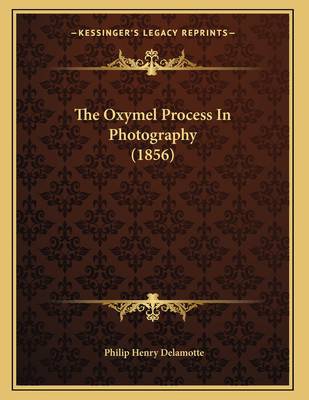
- Retrait gratuit dans votre magasin Club
- 7.000.000 titres dans notre catalogue
- Payer en toute sécurité
- Toujours un magasin près de chez vous
- Retrait gratuit dans votre magasin Club
- 7.000.000 titres dans notre catalogue
- Payer en toute sécurité
- Toujours un magasin près de chez vous
31,45 €
+ 62 points
Format
Description
The Oxymel Process in Photography is a historical book written by Philip Henry Delamotte in 1856. The book is a comprehensive guide to the oxymel process, a photographic technique that was popular in the mid-19th century. The oxymel process involved using a mixture of honey, vinegar, and salt to create a light-sensitive emulsion. The emulsion was then applied to a glass plate and exposed to light to create a photographic image.The book provides detailed instructions on how to prepare the oxymel emulsion, how to apply it to the glass plate, and how to expose and develop the image. It also includes information on the equipment and materials needed for the process, as well as tips and tricks for achieving the best results.In addition to the practical aspects of the oxymel process, the book also delves into the history and theory of photography. Delamotte discusses the development of photography as an art form and the various techniques that were used at the time. He also explores the scientific principles behind the oxymel process and how it compares to other photographic techniques.Overall, The Oxymel Process in Photography is a valuable resource for anyone interested in the history of photography or in exploring alternative photographic techniques. It provides a fascinating glimpse into the early days of photography and the pioneering techniques that were used to create some of the first photographic images.This scarce antiquarian book is a facsimile reprint of the old original and may contain some imperfections such as library marks and notations. Because we believe this work is culturally important, we have made it available as part of our commitment for protecting, preserving, and promoting the world's literature in affordable, high quality, modern editions, that are true to their original work.
Spécifications
Parties prenantes
- Auteur(s) :
- Editeur:
Contenu
- Nombre de pages :
- 36
- Langue:
- Anglais
Caractéristiques
- EAN:
- 9781164820529
- Date de parution :
- 10-09-10
- Format:
- Livre broché
- Format numérique:
- Trade paperback (VS)
- Dimensions :
- 216 mm x 279 mm
- Poids :
- 140 g







